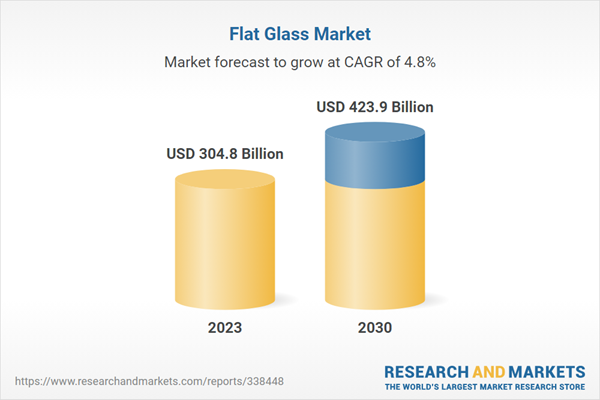

The Allure of Coloured Mirror Glass A Unique Perspective
Coloured mirror glass has emerged as a captivating design element that not only enhances aesthetics but also caters to diverse functionality in contemporary architecture and interior design. This versatile material combines the reflective qualities of traditional mirrors with vibrant hues, giving rise to a transformative effect on spaces. As we delve deeper into the characteristics, applications, and trends of coloured mirror glass, we can appreciate its significance in modern design.
The Characteristics of Coloured Mirror Glass
Coloured mirror glass is made by applying a reflective coating to glass that has been tinted with various dyes. This process allows for a broad spectrum of colors, ranging from subtle pastels to bold and vivid shades. The unique characteristic of coloured mirror glass is its ability to reflect light while simultaneously allowing some degree of transparency. This interplay between reflection and transparency creates a dynamic visual experience, making spaces feel larger and more inviting.
Moreover, the durability of coloured mirror glass enhances its appeal. Unlike traditional mirror finishes that may tarnish over time, coloured mirror glass is resistant to oxidation and corrosion, ensuring that its vibrant appearance lasts longer. This quality makes it an excellent choice for both indoor and outdoor applications.
Applications in Architecture and Interior Design
The applications of coloured mirror glass are vast and varied. In commercial spaces, this material is often employed to create eye-catching facades that draw in customers. Retail stores, restaurants, and hotels have begun to embrace coloured mirror glass as a way to stand out in competitive markets. The reflective surfaces can create an illusion of depth, making even small spaces feel expansive, while vibrant colours act as a focal point that captures attention.
In residential settings, coloured mirror glass can be used in a multitude of ways. From feature walls to decorative accents, this material adds a modern touch to interiors. For example, a living room clad in coloured mirror glass can reflect light and create a cheerful ambiance, enhancing the overall mood of the space. Furthermore, it can be integrated into furniture design—mirrored tabletops or cabinets can elevate the visual appeal of any room.

One particularly innovative use of coloured mirror glass is in art installations. Artists have started harnessing the material's reflective qualities and vivid colors to create immersive experiences. These installations often challenge perceptions of space and perspective, inviting viewers to interact with their surroundings in new and exciting ways.
Trends in Coloured Mirror Glass Design
As trends in design evolve, so does the application of coloured mirror glass. One notable trend is the preference for softer, muted colors that create a sense of calm and tranquility. Shades of rose, seafoam green, and lavender are becoming increasingly popular, particularly in wellness spaces like spas and relaxation rooms.
Another rising trend is the combination of coloured mirror glass with natural materials. This juxtaposition creates a harmonious balance between the organic and the contemporary, allowing designers to create spaces that celebrate both nature and modernity. For instance, pairing coloured mirror glass with wooden elements can produce a stunning contrast that enhances the beauty of both materials.
Sustainability is also a growing concern in the design industry, and manufacturers are starting to create coloured mirror glass using eco-friendly processes and materials. This shift toward sustainability not only appeals to environmentally conscious consumers but also encourages innovation in design.
Conclusion
Coloured mirror glass is more than just a trendy design element; it is a versatile material that offers endless possibilities for creativity and functionality. From its dynamic reflective qualities to its ability to infuse spaces with vibrant color, this unique glass is set to redefine contemporary architecture and interior design. As designers continue to explore the intersection of color, light, and reflection, we can anticipate even more innovative applications of coloured mirror glass in the future. Embracing this material not only enhances aesthetic appeal but also enriches the overall sensory experience of any given space.